Our Community’s Top 10 Stem Cell and Neuroscience Breakthroughs of 2023
News2023 was a banner year for the field of stem cells and regenerative medicine. Here is a countdown of some of the biggest, boldest breakthroughs from members of our Innovator community that illustrate why we’re more excited about science than ever (and why you should be too!)
10. What Doesn’t Kill You Makes You Stronger
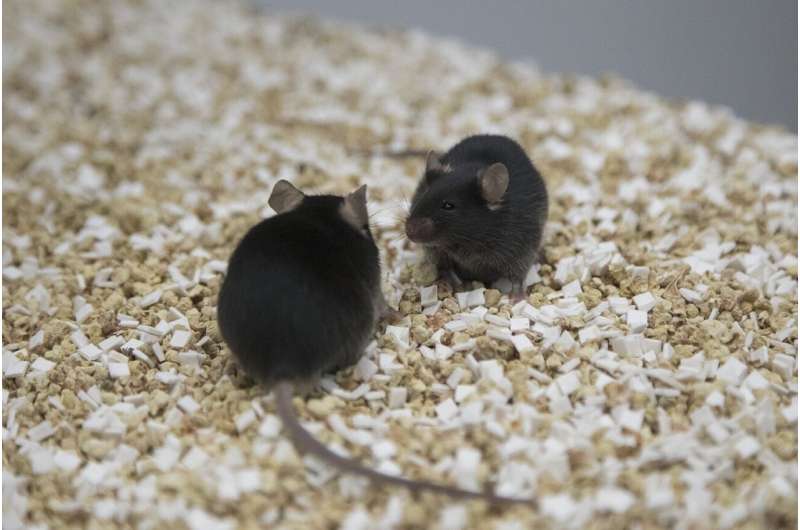
Great news for those expecting a stressful holiday season: recent research shows that resilience isn’t just something you’re born with – it can be learned and enforced. Responses in the brain’s reward system are to thank for this, and the findings could even lead to wearable devices – think: a smartwatch – that help us monitor our responses to stress and reinforce resilience. The study, which appears in Nature, was conducted by NYSCF – Robertson Neuroscience Investigator Annegret Falkner, PhD, in collaboration with NYSCF – Robertson Neuroscience Investigator Alumna Ilana Witten, PhD, both at Princeton University.
9. How Octopuses and Squids Taste What They Touch

What can the tentacle-laden residents of the deep blue teach us about ourselves? In two studies published in Nature, scientists led by NYSCF – Robertson Neuroscience Investigator Nicholas Bellono, PhD, of Harvard University have discovered clues as to how octopuses and squids have evolved to ‘taste what they touch.’ The nervous systems of these cephalopod sea-dwellers share similarities with humans, and understanding how they gained new sensory abilities could help us learn about how our own sensory systems evolved.
8. Understanding What Makes Psoriasis Severe
Psoriasis, at its most mild, is a nuisance, but at its most severe, it can contribute to conditions like heart disease or diabetes. By comparing the cellular activity of healthy versus inflamed skin, researchers at NYU Grossman School of Medicine led by NYSCF – Robertson Stem Cell Investigator Shruti Naik, PhD, have used stem cells to identify reasons why psoriasis may become severe, as well as why why psoriatic patients are more prone to other life-threatening disorders such as arthritis and cardiovascular disease.
7. Building Better Bones
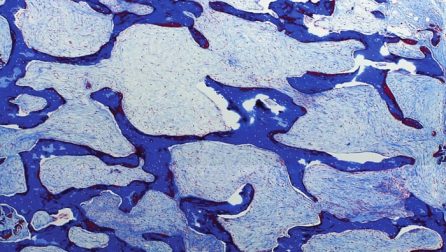
While brittle bones may be coming for all of us with age, if we can understand why, then we might be able to stop or slow the process. New research from NYSCF – Druckenmiller Fellow Sophie Morgani, PhD, of NYU, has identified the cellular signals that tell the brain to regenerate bone, and modifying these signals bolstered bone production in mice to make them even healthier than their young counterparts. The study appears in Bone Research.
6. Towards Cancer Vaccines
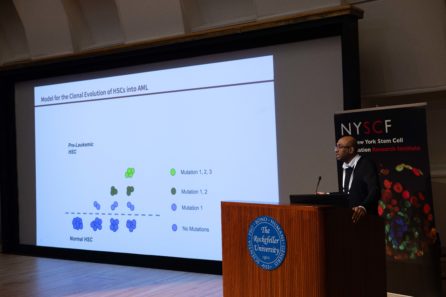
Tumor cells might have just given us a weapon to fight them off. By harvesting tumor cells and making them present certain markers that tell the immune system ‘kill me,’ scientists have figured out how to potentially make tumors give up their defenses so the immune system can attack. The study, published in Cancer Discovery, was led by NYSCF – Robertson Stem Cell Investigator Alumnus Ravi Majeti, MD, PhD, of Stanford Medicine.
5. Finding ALS Treatments that Work for All Patients
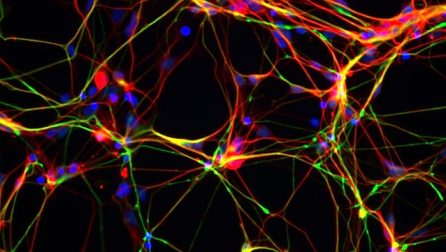
ALS can be a difficult disease to treat because every patient experiences it differently, and we need new therapeutic targets tailored to the different trajectories of the disease. Researchers led by NYSCF – Robertson Stem Cell Investigator (and NYSCF – Druckenmiller Fellow Alumnus) Evangelos Kiskinis, PhD, of Northwestern University have discovered how a certain gene affects the way brain cells carry around their ‘cellular cargo’, and which could serve as a new precision target for therapies.
4. Getting to the Root of Chronic Pain
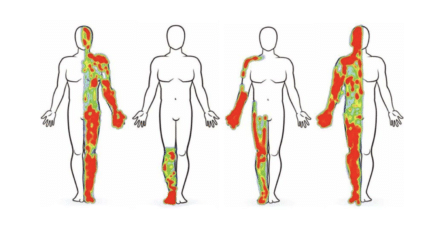
Chronic pain isn’t actually the fault of your back, knee, or whatever body part is ailing you: it all starts in the brain. Using brain implants, scientists led by NYSCF – Robertson Neuroscience Investigator Alumnus Edward Chang, MD, of the University of California, San Francisco have traced the roots of chronic pain in the brain, and have even set the stage for potential therapies in which an implant disrupts the brain’s pain signals to offer relief. The study appears in Nature Neuroscience.
3. A Cell Therapy for Alzheimer’s Shows Promise in Mice

Alzheimer’s is another disease for which treatment options are desperately lacking. However, a potential cell therapy for replacing microglia – the brain’s immune cells – has shown promise in mice. The study, pioneered by led by NYSCF – Robertson Stem Cell Investigator Alumnus Marius Wernig, MD, PhD, of Stanford Medicine and first authored by NYSCF – Druckenmiller Fellow Yongjin Yoo, PhD, appears in Cell Stem Cell.
2. World’s First CRISPR-Based Gene Therapy Approved by FDA
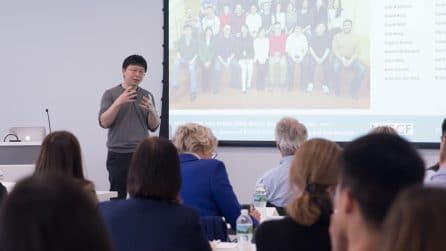
In an exciting step towards an entirely new class of therapies, the FDA has approved a therapy for sickle cell disease that is the first to employ CRISPR gene editing. Key discoveries by NYSCF – Robertson Stem Cell Investigators Feng Zhang, PhD, and Vijay Sankaran, MD, PhD paved the way for this landmark approval.
1. A Cell Therapy for Parkinson’s Disease Reaches Patients
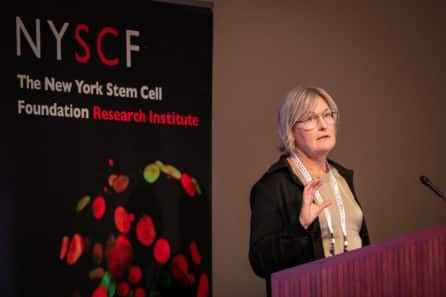
Treatments for Parkinson’s have remained largely the same for over 100 years, but stem cells are starting to show promise as a game-changer. This Spring, a cell therapy that replaces dysfunctional dopamine neurons with healthy ones made from stem cells reached its first patient in Swedish clinical trials. The therapy was developed by NYSCF – Robertson Stem Cell Investigator Alumna Malin Parmar, PhD, of Lund University.

